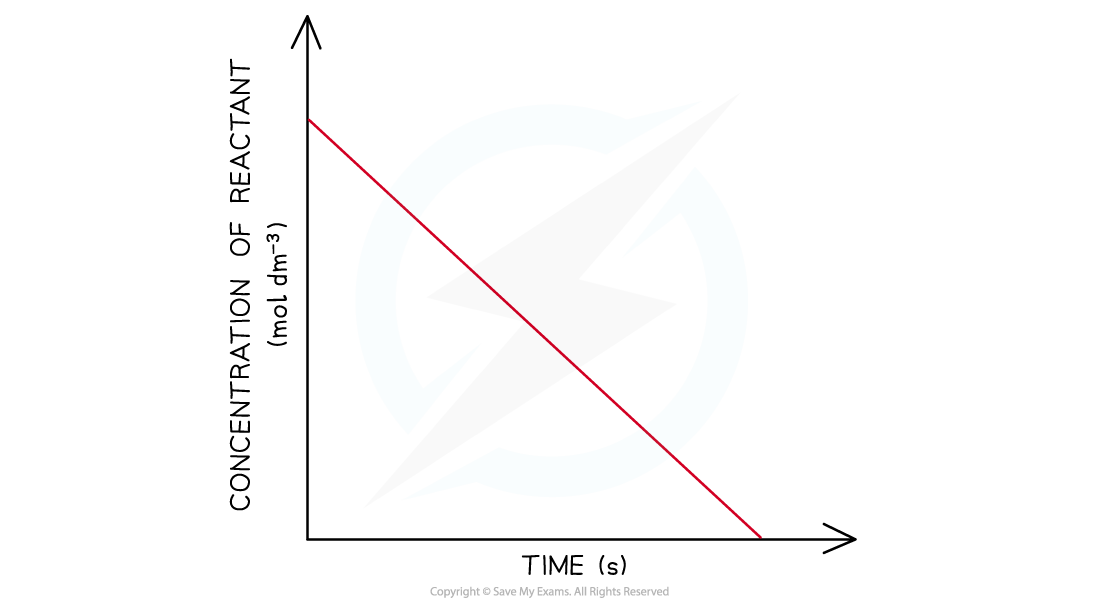Rates of Reaction - Titrimetric Method (Edexcel International A Level (IAL) Chemistry): Revision Note
Exam code: YCH11
Core Practical 9a: Titrimetric Methods
The reaction between iodine in an acidic solution and propanone is
CH3COCH3 (aq) + I2 (aq) → CH3COCH2I (aq) + H+ (aq) + I- (aq)
We can follow the rate of this reaction by using a continuous monitoring method and therefore we will be able to deduce the order of reaction with respect to a substance using a concentration line graph
We can calculate the order of reaction with respect to iodine as the propanone and acid are in a large excess so their concentration do not change during the reaction
Once a portion of the reaction mixture has been removed, we stop the reaction by adding sodium hydrogencarbonate
Performing a titration again sodium thiosulfate(VI) solution and using starch as an indicator is used to determine the concentration of iodine
2S2O32- (aq) + I2 (aq) → 2I- (aq) + S4O62- (aq)
Steps in the procedure
Mix 25 cm3 of 1.0 mol dm-3 aqueous propanone with 25 cm3 of 1.0 mol dm-3 sulfuric acid in a beaker
Add 50 cm3 of 0.02 mol dm-3 iodine solution
Start the stop clock as soon this is added to the beaker
Using a pipette, withdraw 10 cm3 portion of the reaction mixture and transfer this to a conical flask
Stop this portion of the reaction by adding a spatula of sodium hydrogen carbonate
Titrate this sample against 0.01 mol dm-3 sodium thiosulfate(VI) solution using starch as an indicator
Record your result
Withdraw 10 cm3 of the reaction mixture every 3 minutes and repeat the process of stopping the reaction and titrating against the sodium thiosulfate(VI) solution
Practical tips
Note the time at which the sodium hydrogencarbonate is added to the withdrawn portions of reaction mixture as this is when the reaction will be stopped and the concentration of iodine can be calculated accurately
Keep the clock running and note the time throughout the practical rather than stopping the clock
Have everything ready and set up before beginning the procedure
Results
Sample Data from the Reaction

This graph is a straight line graph
As the gradient is constant, the rate of reaction is constant, and therefore independent of the concentration of the iodine solution
This means the reaction is zero order with respect to the iodine
The rate equation for the reaction is
Rate = k[CH3COCH3 (aq)] [H+ (aq)]

Concentration-time graphs of a zero-order reaction

Unlock more, it's free!
Did this page help you?